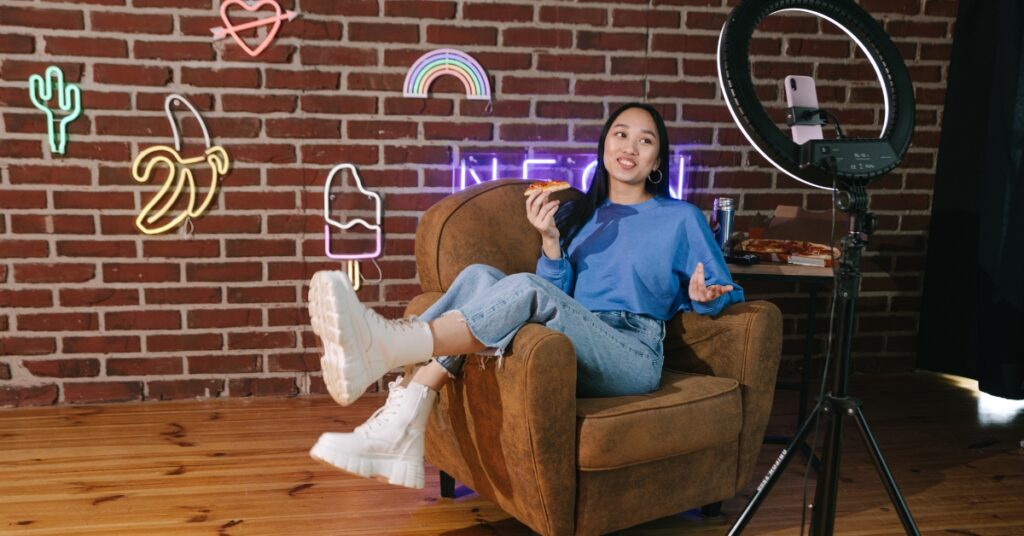In the digital age, the importance of a meticulously crafted keyword strategy cannot be overstressed for businesses aiming to maximise their online visibility and engagement. A robust keyword strategy is not merely a component of digital marketing; it’s the backbone of effective search engine optimization (SEO), critical for enhancing brand visibility and driving business success in an increasingly competitive online marketplace.
Google’s predominance in the search engine market, holding a substantial 75% share as reported by Smart Insights in 2017, underscores the necessity for businesses to optimise their keyword strategies for Google’s algorithms. The goal is not just to appear in search results but to rank prominently where potential customers are most likely to find you. This pivotal aspect of digital marketing ensures that your online content connects with the right audience at the right time.

Developing a Comprehensive Keyword Strategy
The essence of a successful keyword strategy lies in its ability to bridge the gap between your online content and your target audience’s search queries. Keywords serve as the linchpin that aligns business offerings with customer needs, enabling your website and content to appear in search results for relevant queries. This process starts with a deep dive into understanding your audience and the language they use when seeking products or services online.
- Audience Insight is Key
Understanding your business audience forms the cornerstone of any effective keyword strategy. This involves identifying the demographics, interests, and search behaviours of your target market. Tools and techniques such as audience surveys, social media engagement, and analytics platforms can provide valuable insights into the words and phrases your potential customers use. This knowledge allows for the creation of a keyword strategy that resonates with your audience, thereby increasing the likelihood of attracting qualified traffic to your site.
- Leveraging Research Tools
Choosing the right tool for keyword research and tracking is critical. Platforms like Google Keyword Planner, SEMrush, or Ahrefs offer in-depth insights into keyword search volume, competition levels, and trends. These tools are indispensable for uncovering high-potential keywords that can drive targeted traffic to your website. Moreover, they enable businesses to monitor the performance of their chosen keywords, facilitating timely adjustments to their strategy.
- Crafting a Diverse Keyword List
A comprehensive list of keywords, encompassing both short-tail and long-tail phrases, sets the stage for a nuanced keyword strategy. Short-tail keywords, while often boasting higher search volumes, are generally more competitive. In contrast, long-tail keywords, which are more specific and less common, tend to attract more targeted traffic with a higher intent to convert. The inclusion of a variety of keywords ensures a balanced approach, capable of capturing a wide range of search intents.

- Prioritising Keywords
With a substantial list of potential keywords at your disposal, the next step involves selecting those with the highest potential for achieving your business goals. Criteria for selection include relevance to your business, search volume, and keyword difficulty. This selection process is critical for focusing your efforts on keywords that can realistically improve your search engine rankings and drive meaningful traffic to your site.
- Organising Keywords into Clusters
The concept of topic clusters represents an advanced SEO strategy, wherein related keywords are grouped around central themes or “pillar” content. This approach not only helps in organising your content strategy but also enhances your website’s SEO by creating a structured network of internal links. Search engines favour this structured approach, as it facilitates a better understanding of your site’s content and its relevance to specific search queries.
- Content Creation and Optimization
Armed with a strategically curated list of keywords and topic clusters, the focus shifts to content creation. The integration of selected keywords into high-quality, valuable content is paramount. This content should not only be optimised for search engines but also crafted to engage and provide value to your target audience. Consistency in publishing fresh content is key to sustaining and growing your online presence.
- Continuous Analysis and Iteration
A keyword strategy is dynamic, necessitating regular analysis and adjustments based on performance data. Tools such as Google Analytics offer insights into how your content performs in search results, enabling you to refine your keyword selection and content strategy over time. Keeping abreast of changes in search engine algorithms and consumer search behaviours is essential for maintaining and enhancing your search visibility.

In essence, a well-orchestrated keyword strategy is integral to navigating the complexities of online marketing and SEO. By understanding and aligning with your audience’s search behaviours, leveraging powerful research tools, and continuously refining your approach based on data-driven insights, your business can achieve a prominent online presence. This not only boosts your brand visibility but also drives targeted traffic to your website, laying the groundwork for increased conversions and business growth. As the digital landscape evolves, so too should your keyword strategy, adapting to the ever-changing dynamics of search engine algorithms and consumer preferences to maintain a competitive edge in the digital marketplace.





































